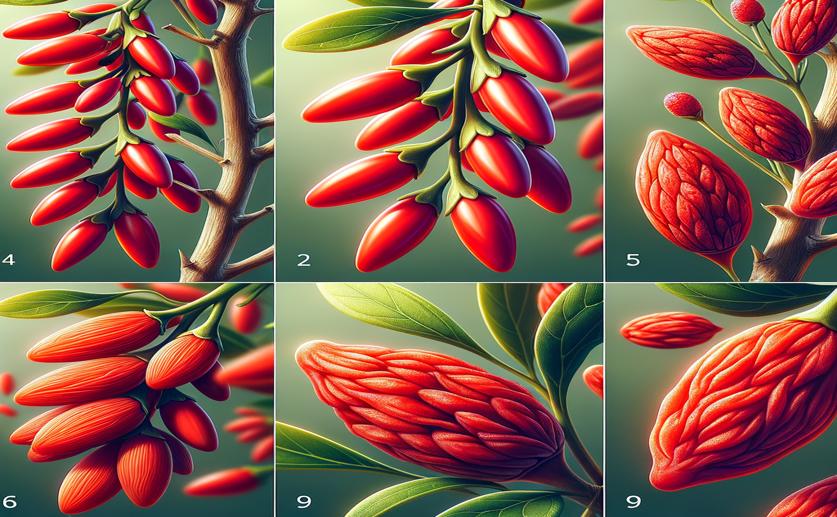
Identifying Genetic Traits Linked to Self-Compatibility in Goji Berries
Jenn Hoskins
23rd May, 2024

Image Source: Natural Science News, 2024
Key Findings
- Researchers from North Minzu University studied the genetic basis of self-compatibility in goji berries
- They created a detailed genetic map using 229 F1 individuals from two goji varieties, identifying 43 significant QTLs related to self-incompatibility traits
- A specific QTL on chromosome 2, containing the S-RNase gene, was consistently linked to self-compatibility, offering insights for breeding programs
References
Main Study
1) Mapping quantitative trait loci associated with self-(in)compatibility in goji berries (Lycium barbarum).
Published 23rd May, 2024
Journal: BMC plant biology
Issue: Vol 24, Issue 1, May 2024
Related Studies
2) Cell-cell signaling during the Brassicaceae self-incompatibility response.
3) Self-(In)compatibility Systems: Target Traits for Crop-Production, Plant Breeding, and Biotechnology.
4) Stigma receptors control intraspecies and interspecies barriers in Brassicaceae.



 11th May, 2024 | Greg Howard
11th May, 2024 | Greg Howard